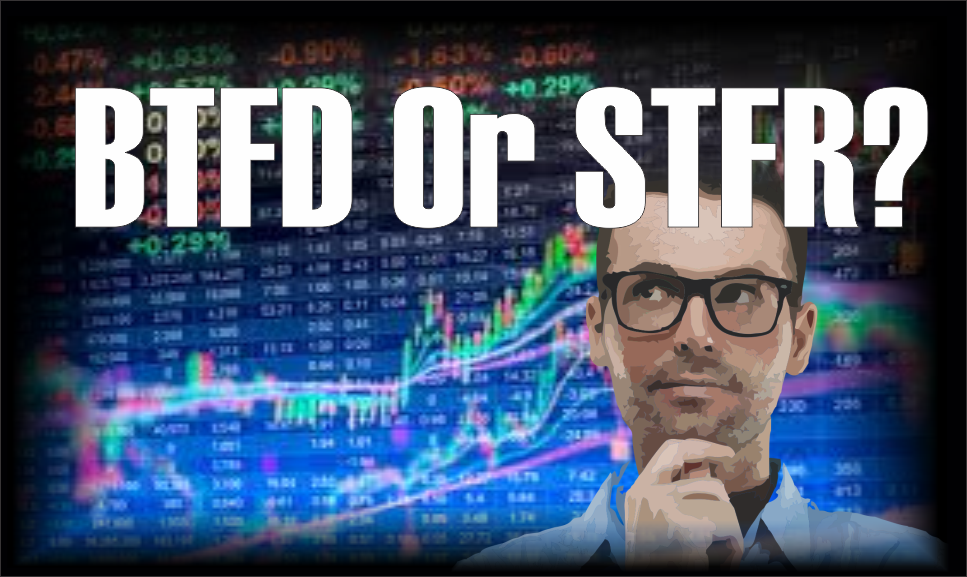
“Stability breeds instability.” – Hyman Minsky
The answer to the title of this article, the polite version of which is “Buy The Dip or Sell The Rally”, may well be the most important question facing stock investors this year and possibly for years to come. The bull market, now almost ten years old, has been supported by a number of technical pillars. Of these, three of the more significant ones are the “BTFD” mentality, shorting volatility (often referred to as vol), and corporate share buybacks. We are strongly of the opinion that when these technical pillars fail, the stock market will as well. It is important to note that while we wait on technical indicators for price guidance, there is a preponderance of fundamental warnings that should also be considered.
Expanding on Minsky’s theory, former Federal Reserve governor Laurence Meyer clarified the concept stating that “a period of stability induces behavioral responses that erode margins of safety, reduce liquidity, raise cash flow commitments relative to income and profits, and raise the price of risky relative to safe assets–all combining to weaken the ability of the economy to withstand even modest adverse shocks.”
Short Volatility
Over the last ten years, volatility has been transformed from a purely quantitative barometer of perceived future stability and a key input for options pricing to a full-fledged investment vehicle. It has gone from an obscure gauge of price movements, like the tachometer on the dashboard of your car, used mainly by sophisticated investors to one of the pistons in the engine helping propel markets. Since the financial crisis, investors and traders have learned that shorting volatility can provide significant and durable returns to help supplement low yields in traditional asset classes. The recent spike in volatility from all-time lows instantly put an end to this myth.
Many of those shorting vol, via a plethora of exchanged-traded funds and notes (ETF’s and ETN’s) that were designed to profit as market volatility dropped, were badly uninformed about how vol is computed or its longer-term history. The graph below charts the steady price increase in XIV, a short volatility ETN, since 2016 and the rapid evaporation of gains that occurred over just a few days.













Leave A Comment